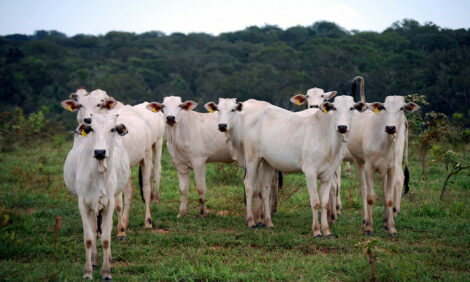



Indian Exports Stabilise As Trade Restrictions Rise
INDIA - Indian beef and buffalo meat (cara-beef) exports marginally decreased 0.8 per cent year-on-year in 2008 to 480,000 tonnes swt.
This was mainly the result of increasing trade difficulties, due to restrictive trade policies in export markets and changing market conditions, according to the United States Department of Agriculture (USDA).
India’s main export destinations in 2008 were Vietnam, Philippines, Malaysia, Egypt and Kuwait, in addition to other markets in Africa, CIS and traditional South East Asia markets. Around 99 per cent of exports were frozen boneless product for further processing. Indian product is preferred in many destinations due to its’ cost competitiveness, high water retention capacity and good blending properties (data sourced from Global Trade Atlas).
According to the USDA report, given India’s lack of sufficient cold chain infrastructure, which constrains processing, and large informality in the sector (where around 46 per cent of plants are unrecognised by local regulatory bodies and processing is mainly performed in small corner shops), the local government is supporting the development of the meat sector, promoting the modernisation of abattoirs and regulation in the industry.
The USDA forecasts Indian cara-beef exports to remain stable in 2009, and rise 4 per cent in 2010, mainly the result of a stable 5 per cent rise in production and growing domestic consumption (out of the 20 per cent strictly vegetarian population). Most of the increase in local product will account for buffalo meat, as the buffalo population percentage out of total cattle has rapidly increased in recent years due to high milk yields, less fat and bone and no slaughter restrictions in most states when compared to cows.
TheCattleSite News Desk


